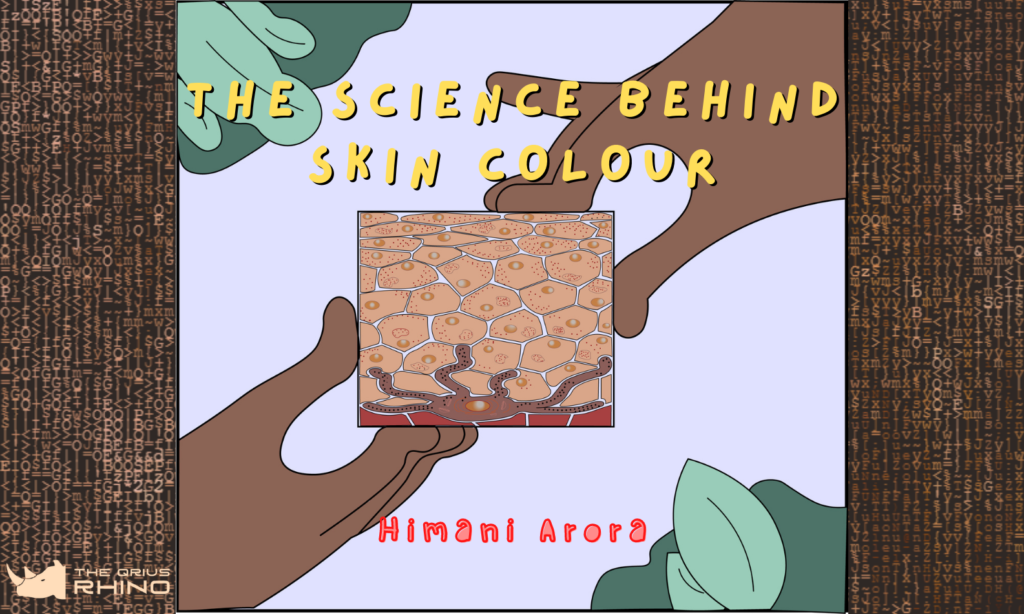
Humans are mixed variations of species. We differ in various aspects of attributes. Be it physical (height, skin colour, eye colour, hair colour) or the qualities we possess – some of us are stunning artists while others are great athletes. From a young age, we are taught (at least the lucky ones are) to be true to ourselves, to preserve our identity. But, degrading societal norms have forced most of us to be flustered about our skin colour.
What brought on such a wide diversity of human skin colour in the first place?
Human skin gradients, like most other traits, are the result of evolution and adaptation. Early humans, inhabiting Africa, lost the cover of fur over time. So, they needed to protect their skin against strong UV rays. They are the major agents in the development of skin cancers. The high amount of melanin, a dark pigment, protected against damaging effects of the UV rays and also caused the darker shade of skin. Later studies, however, disclosed that skin cancer arrives later in life, past an individual’s reproductive age.
In terms of evolution, the purpose of an individual is to pass on its genes to future generations. That’s it. (Evolution does not care about your bucket list!)
Why then the dark-toned skin came into existence?
It turns out, it is to conserve the folate (vitamin B9) stores in your body. The high amount of UV rays destroys folate which is responsible for several DNA activities, proper fetal development and sperm production. Melanin acts as a natural guard against folate reduction.
The rise of light-toned skin
Sun’s UV rays, apart from damaging cells, play a vital role in human health. They trigger the production of vitamin D in the skin which is an essential component for proper bone development and mineral absorption (like calcium, magnesium, iron). More recent studies show its value in immune function and for fighting off certain cancers and even heart diseases. Comparison of surface-level UV radiation reveals that it is the strongest near the equator and lowers with progression towards the poles. As our ancestors migrated out from Africa to spread all through this planet, not enough UV could make its way through the protective layer of melanin. Lighter skin tones, thus, evolved.
Like all other creatures, we are a product of thousands of years of evolution. A flower found on flatlands will be different in its characters from that in hilly terrain. They adapt according to the conditions around them for survival, which result in different but equally valuable and striking traits.
The same is the case with humans and our skin tones.
Understanding the facts behind our complexion can answer one part of the biggest philosophical question: ‘Who am I?’ which would lead to embracing one’s individuality and finding comfort in our one true home – our body.
This is the first blog of the series “The Science Behind” by Himani Arora.
About the author:

Himani is a final year Master’s student at Banaras Hindu University at the Department of Zoology, India. She aspires to be a Science Communicator. She has gained good experience in this domain. Himani writes science articles, creates visuals (infographics, posters) and also draws science comics.
You can follow her work on S’more Science.
You can also follow her on Linkedin.
1 thought on “The Science Behind Skin Colour”